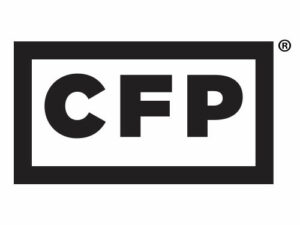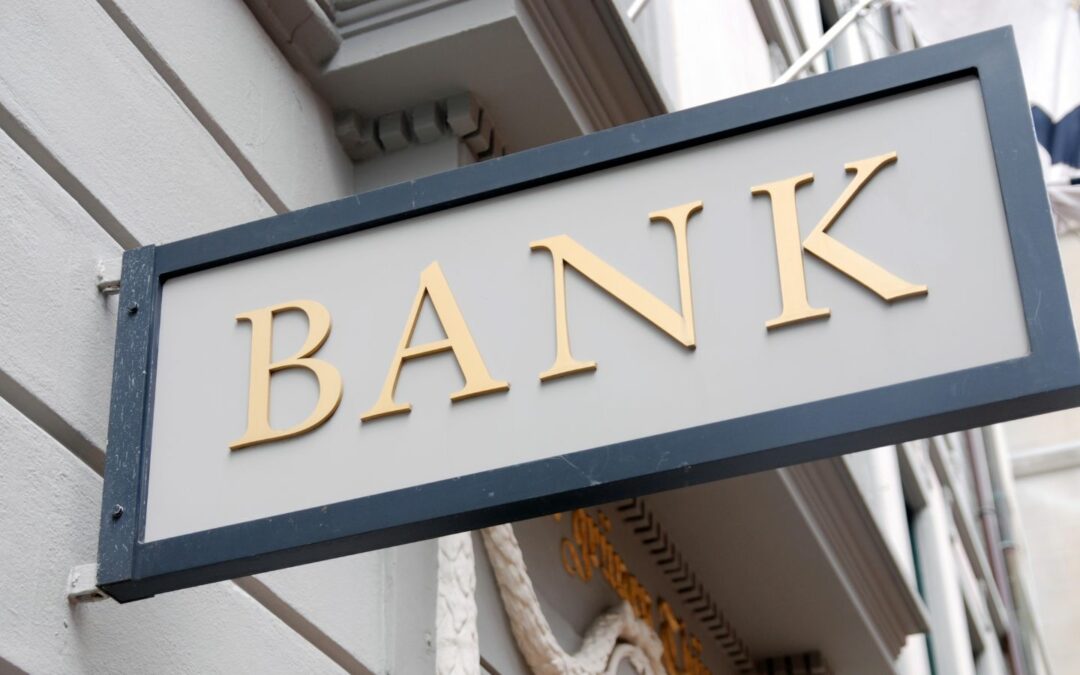By Bryan Trugman, CFPⓇ
Banks play a vital role in the economy, providing individuals and businesses with access to cash, credit, and other financial services. Despite their importance, however, banks can fail. And when they do, the effects often cause panic in the wider economic environment.
This past week, two major players in the banking industry, Silicon Valley Bank and Signature Bank, collapsed after they had trouble raising capital to meet the demand for deposits. While there are several reasons why experts believe these failures are not part of a more significant economic crisis, everyday investors are still understandably worried. These were the second and third largest bank failures in U.S. history, behind only the collapse of Washington Mutual in 2008.
Thankfully, there are safeguards in place that make it highly unlikely that clients will lose their entire life savings, even in the event of widespread banking failures. In this article, we explore why banks fail, what insurance protections are in place, and the safety of your savings.
Why Do Banks Fail?
Banks can fail for several reasons, including undercapitalization, liquidity issues, safety and soundness concerns, and fraud.
- Undercapitalization occurs when a bank has insufficient capital reserves to cover ordinary business expenses or meet regulatory requirements, which leaves it vulnerable to financial shocks. For instance, a bank that has issues generating cash flow or accessing financing in the form of debt or equity may find itself undercapitalized.
- Liquidity issues arise when a bank lacks sufficient cash or liquid assets to meet its obligations, which can happen when a large number of depositors withdraw their funds all at once.
- Safety and soundness concerns occur when a bank engages in risky lending practices, such as offering subprime loans or investing in volatile assets. This was a big issue during the 2008 financial crisis when several major banks failed due to their investments in subprime mortgages.
- Fraudulent activities, such as embezzlement or insider trading, can cause significant financial losses for a bank and erode depositor confidence.
Banks that fail to manage these risks effectively may become insolvent and ultimately fail, jeopardizing the stability of the financial system and the broader economy.
What Happened With SVB & Signature?
SVB and Signature Bank both failed due to liquidity issues stemming from what’s known as a bank run. A bank run occurs when a large number of depositors withdraw their funds from a bank over a very short period of time (usually days). Because banks invest the cash deposited with them, a high demand for withdrawals can force the banks to sell off investments at a poor market price in order to meet the liquidity need. Consistently selling assets at a substantial loss can exacerbate liquidity issues and quickly cause a bank to become insolvent.
Silicon Valley Bank almost exclusively served tech start-up and venture capital-backed clients, which were particularly hard-hit during the economic volatility of 2022. As financing started to dry up for tech companies and venture capitalists couldn’t come up with additional funding, clients began withdrawing funds from their accounts at SVB to meet the operating expenses for their businesses. SVB was forced to sell billions of dollars’ worth of long-term Treasury bonds (initially bought when rates were near zero) at a massive loss to raise capital. This spooked other depositors, many of whom had accounts well above the FDIC-insured limits, and caused them to withdraw their money at an unsustainable rate. SVB could not meet their deposit requests and attempts to raise capital or sell the assets to a healthier bank were unsuccessful. The FDIC quickly stepped in as receiver and took over operations to prevent further damage.
A similar story unfolded at Signature Bank, which served mostly crypto investors. Similar to the depositors at SVB, many of the accounts held at Signature Bank were well above the FDIC-insured limits. Spooked by the failure of SVB, depositors at Signature Bank withdrew over $10 billion on Friday, March 10th. By Sunday, March 12th, the bank was taken over by the FDIC to protect the stability of the U.S. banking system.
What to Expect From Other Banks
While the effects of the SVB and Signature Bank failures are hard to predict, the FDIC has reacted swiftly to prevent further damage. Regulators have invoked a “systemic risk exception” which allows the government to reimburse uninsured depositors. The Fed has also set up an emergency lending program to provide funding to eligible banks at risk of bank runs.
So far, small and midsize banks are at the most risk since they tend to focus on niche clientele who are more susceptible to industry-specific risks. Shares of regional bank stocks took a beating on Monday, March 13th, as investors tried to process the news of SVB and Signature Bank. First Republic Bank was down over 60%. Larger banks, including Wells Fargo, Bank of America, and JPMorgan were less affected, falling just 7%, 3%, and 1%, respectively.
What to Know About FDIC & SIPC Insurance
Despite the uncertainty surrounding the health of the overall banking system, there are safeguards in place to protect depositors and investors from losing their hard-earned savings.
Both the Federal Deposit Insurance Corporation (FDIC) and Securities Investor Protection Corporation (SIPC) provide insurance to preserve your assets.
FDIC Insurance
The FDIC is an independent U.S. government agency that was established in 1933 to insure bank deposits. The FDIC insures deposits up to $250,000 per depositor, per account ownership category, per bank. This coverage includes checking accounts, savings accounts, money market accounts, and certificates of deposit (CDs) issued by FDIC-insured banks.
SIPC Insurance
SIPC is a non-profit organization established by Congress in 1970 to protect investors against losses due to broker-dealer failures. SIPC provides up to $500,000 in insurance per customer for cash and securities held by a broker-dealer. This coverage includes stocks, bonds, CDs, and mutual funds held in a brokerage account.
It’s important to note that SIPC insurance does not protect against losses due to market fluctuations, but only in the event of broker-dealer insolvency or fraud. SIPC insurance also does not cover investment losses incurred by the customer, nor does it cover non-securities such as commodity futures contracts or currency.
How to Safeguard Your Savings
Not all banks and broker-dealers are FDIC or SIPC insured, so be sure to double-check the status of your accounts and consider relocating your funds if your bank or brokerage is uninsured. Additionally, not all account types are eligible for FDIC insurance. Stocks, bonds, and mutual funds are account types that are not eligible for FDIC coverage, and commodity futures and currency contracts are not eligible for SIPC insurance.
Additionally, both FDIC and SIPC insurance have limits to their coverage. The FDIC insures up to $250,000 per depositor, per account ownership category, per bank, while SIPC insurance provides up to $500,000 in coverage per customer. Keep in mind that joint accounts are considered a separate ownership category, which means that each account holder is insured up to $250,000 under the FDIC program.
If you have accounts with multiple banks or broker-dealers, make sure your deposits and securities are spread out in a way that maximizes your insurance coverage. Remember to regularly review your account balances and adjust your accounts as necessary to ensure you are within the coverage limits. By knowing the coverage limits and eligibility requirements, you can make informed decisions when choosing where to deposit your money or invest your securities.
How We Can Help
If you’re worried about the recent bank failures and how they might impact your finances, don’t hesitate to reach out to us for guidance. Our team can help you understand your options and develop a plan to protect your assets, minimize your risk, and provide advice on FDIC and SIPC insurance. Reach out to me via email at btrugman@attitudefinancial.com or give me a call at (516) 762-7603 to set up a free consultation. Let me help you preserve your financial future.
About Bryan
Bryan Trugman is managing partner, co-founder, and a CERTIFIED FINANCIAL PLANNER™ practitioner at Attitude Financial Advisors. With more than 14 years of experience, Bryan specializes in addressing the financial needs of new parents as they seek to realign their finances, assisting divorced individuals as they navigate an unforeseen fork in the road, and strategizing with those seeking to accrue a dependable retirement nest egg. Bryan is known for being a good listener and building strong relationships with his clients so he can help them develop a customized financial plan based on what’s important to them. He is passionate about helping his clients experience financial confidence so they can worry less and play more. Bryan has a bachelor’s degree in industrial and systems engineering with a minor in mathematics from State University of New York at Binghamton. He has served on the board of the Financial Planning Association and continues to be actively involved in the national organization. He is also a member of the Plainview-Old Bethpage Chamber of Commerce and has served as its vice president and as a board member. When he’s not working, you can find Bryan on the ballroom dance floor or engaged in a fast-paced game of doubles on the tennis court. To learn more about Bryan, connect with him on LinkedIn. Or, watch his latest webinar on: How Much Is Enough? A Surprisingly Simple Way to Calculate Your Retirement Savings Needs.



